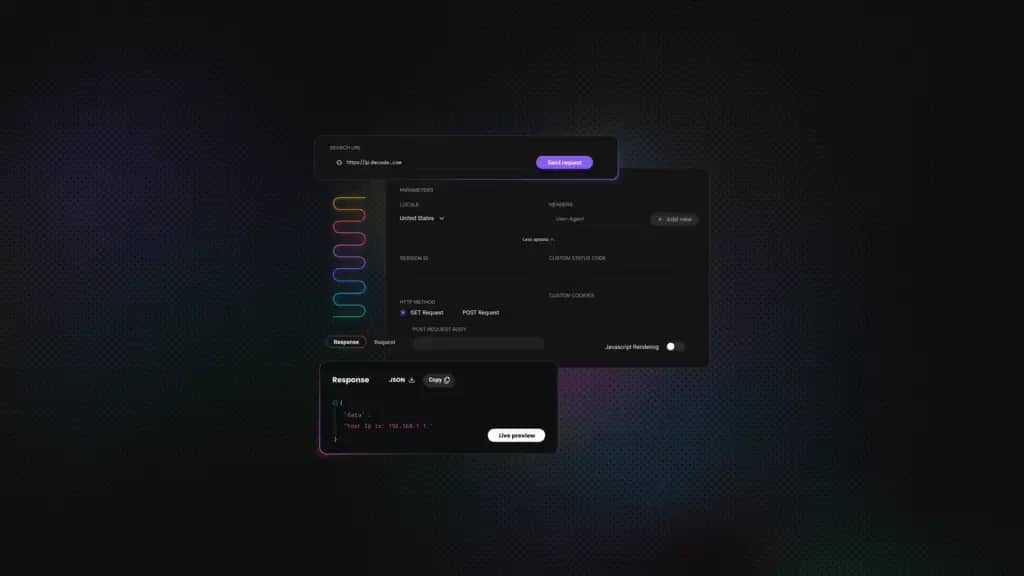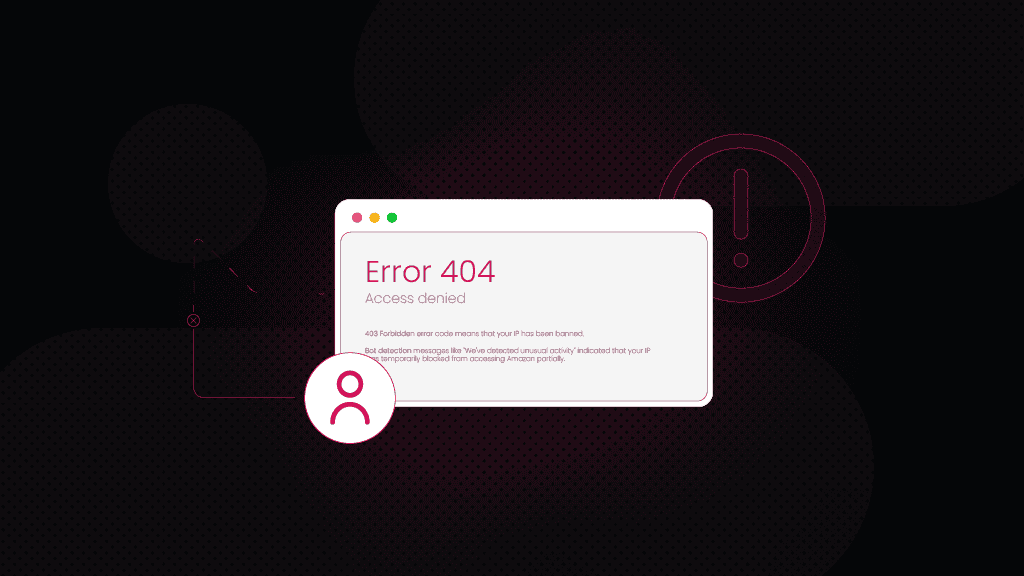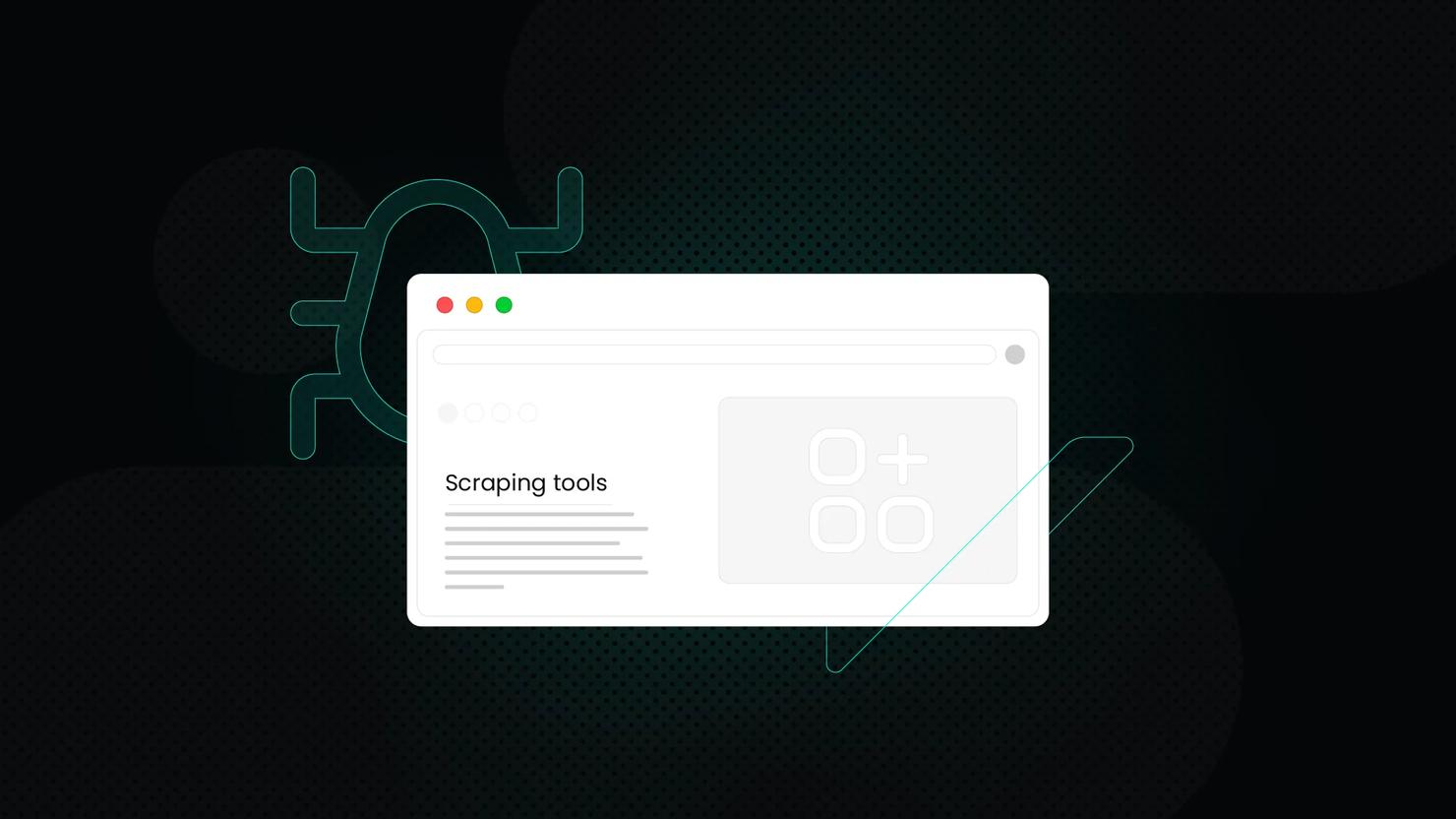Error 1015: Complete Guide to Causes, Fixes, and How to Avoid It
If you've ever encountered a message stating that you're being rate-limited by Cloudflare, you've likely hit error 1015. It typically occurs when a site detects an excessive number of requests coming from your browser or IP address within a short period. Whether you're a developer running scripts, a data analyst scraping public info, or just refreshing a page too often, this error can cut you off fast. In this guide, we'll break down what causes Error 1015, how to fix it, and what you can do to keep it from showing up again.
Kipras Kalzanauskas
Jul 15, 2025
6 min read

What is error 1015?
Cloudflare error 1015 typically appears with messages like "You are being rate-limited." It indicates that a visitor, whether human or bot, has sent an excessive number of requests to a website protected by Cloudflare. To protect the server and its resources, Cloudflare temporarily blocks further access.
Rate-limiting is a protective mechanism. It ensures fair usage by limiting the frequency of access to a resource. Cloudflare applies it to prevent abuse, server overloads, or scraping attempts that exceed acceptable thresholds.
Why does error 1015 occur?
Error 1015 typically appears when Cloudflare detects behavior that appears suspicious or excessive. This can happen if you're unknowingly sending numerous page requests, such as clicking refresh too frequently, or if you're using automated tools that don't behave like standard browsers. Even legitimate users can inadvertently exceed rate limits without realizing what triggered them. Identifying the root cause can help you determine whether the problem lies in your browsing habits, your automation tools, or the network you're using.
There are several common causes of error 1015:
- Too many requests in a short time. Rapid page reloads or aggressive automation can trigger the block.
- Bots or scraping scripts. Automated tools that don't mimic real browser behavior are often flagged.
- Shared IP addresses. If multiple users share the same IP (e.g., via a proxy or corporate network), one user's behavior can affect others.
- Poor proxy reputation. Similarly to shared IP addresses, using low-quality or overused proxy IP addresses increases the likelihood of triggering rate limits.
- Missing or abnormal headers. Requests lacking typical browser headers (such as User-Agent and Accept-Language) may appear suspicious.
- Manual actions. Repeatedly refreshing a page or opening too many tabs quickly can lead to a temporary block.
How does Cloudflare detect and enforce rate limiting?
Cloudflare uses a sophisticated system to identify and block excessive or abusive behavior. Its approach blends traditional request counting with modern detection strategies. These techniques allow Cloudflare to distinguish between requests from real users and those from automated sources.
Cloudflare uses a mix of techniques to detect unusual activity:
- Web Application Firewall (WAF). Applies rules to block suspicious traffic.
- IP tracking. Monitors how many requests come from each IP within a given time.
- Browser fingerprinting. Identifies behavior patterns, such as headless browsers or missing headers.
- Behavioral analysis. Flag patterns that don't match typical user behavior, such as odd scrolling or clicking patterns.
Once a user exceeds the threshold, Cloudflare issues a temporary block that may last seconds to minutes. In extreme or repeated cases, it can escalate to longer bans.
Common scenarios and examples
Understanding when and where error 1015 tends to occur can help you adjust your usage before a block happens. It's not just developers or scrapers who encounter this error. Regular users can trigger it, too, under the right (or wrong) conditions.
You might run into error 1015 in these situations:
- Web scraping. Pulling large datasets from a public site without respecting crawl limits.
- Shared networks. In libraries, schools, or offices, multiple users might unknowingly trigger the block while on the same network.
- Refresh spamming. Repeatedly refreshing a site for quicker updates, such as a live dashboard.
- Proxy-based browsing. Traffic routed through blacklisted proxies is rate limited more quickly.
Popular sites using Cloudflare (e.g., eCommerce platforms, job boards, SaaS dashboards) often trigger this error when limits are exceeded.
How to fix error 1015
The fix depends on who you are and how you triggered the error. General users can simply wait it out or switch to a different network. Developers running web scrapers need to adjust their technical approach to avoid being flagged in the future.
For everyday internet users, these quick fixes will most likely to the job:
- Wait it out. The block usually expires within a few minutes.
- Avoid refreshing repeatedly. Let the page load without excessive reloads.
- Change networks. Switch between Wi-Fi and mobile data, or vice versa.
For developers that have no time to waste:
- Throttle requests. Introduce realistic delays between requests (e.g., 1-3 seconds).
- Use rotating proxies. High-quality residential or datacenter proxies with a good reputation help avoid IP bans.
- Rotate headers and fingerprints. Simulate browsers with typical headers, and imitate real users with each request.
- Handle cookies and JavaScript challenges. Tools like Puppeteer or Playwright can help navigate JavaScript and session-based protections.
- Use scraping APIs. Platforms like Decodo offer pre-built scraping infrastructure that automatically handles anti-bot systems and help to avoid errors, including 1015 one.
- Audit your automation. Review your scripts to ensure you're not sending too many unnecessary requests.
Try Web Scraping API for free
Start your 7-day free trial with 1K requests and collect data without CAPTCHAs or IP bans.
How to prevent error 1015 in the future
Prevention is the best defense. If you regularly interact with Cloudflare-protected sites, especially through automation or scraping, following best practices will reduce the chances of hitting rate limits. Taking a proactive approach can help you steer clear of error 1015 in the future:
- Implement smart delays. Set request intervals that mimic human patterns.
- Respect robots.txt and site policies. Only scrape publicly available data that's allowed.
- Use high-quality proxies. Avoid free or abused proxy lists that are often unreliable and can even leak your personal or browsing data.
- Monitor request headers and cookies. Ensure they resemble real browser sessions.
- Spread requests across time and IPs. Stagger access across multiple proxies and time intervals.
- Use back-off strategies. Slow down if a site begins returning 429 or 1015 responses.
Bottom line
Cloudflare's error 1015 is a temporary rate-limiting response meant to protect websites from excessive or abusive traffic. While frustrating, it's avoidable with the right precautions. Once you understand what's triggering the block, you'll have a much easier time fixing it and avoiding it down the line.
For scrapers, utilizing smarter tooling, such as proxy rotation, realistic headers, and scraping APIs, can make all the difference.
Collect data from any website
Start your 7-day free trial of our Web Scraping API and unlock all advanced features.
About the author

Kipras Kalzanauskas
Senior Account Manager
Kipras is a strategic account expert with a strong background in sales, IT support, and data-driven solutions. Born and raised in Vilnius, he studied history at Vilnius University before spending time in the Lithuanian Military. For the past 3.5 years, he has been a key player at Decodo, working with Fortune 500 companies in eCommerce and Market Intelligence.
Connect with Kipras on LinkedIn.
All information on Decodo Blog is provided on an as is basis and for informational purposes only. We make no representation and disclaim all liability with respect to your use of any information contained on Decodo Blog or any third-party websites that may belinked therein.

